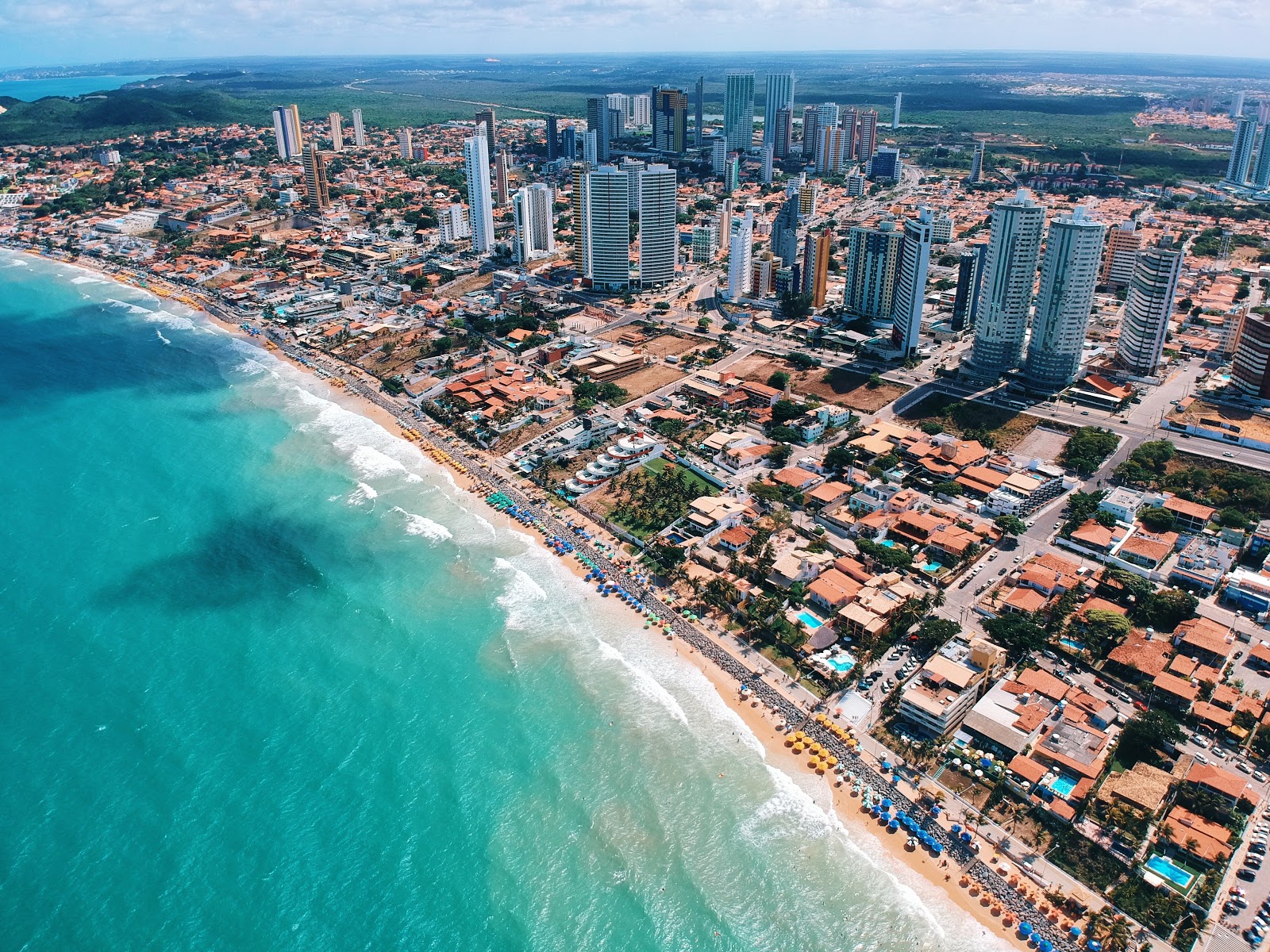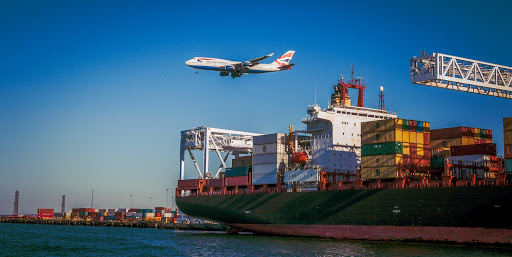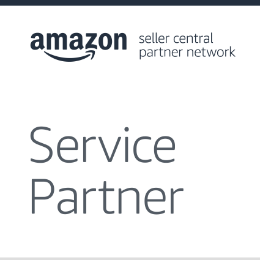
The possibility of international e-commerce issues in Latin America isn’t stopping leading companies, large and small, from investing in the region. We’re here to help you navigate the top challenges facing cross-border e-commerce companies with this handy guide.
But first, let’s talk about why you should absolutely make Latin America part of your company’s future e-commerce plans.
The Rise of Latin American E-Commerce
International e-commerce is helping lead growth in the retail sector. According to The Global Cross Border B2C E-Commerce 2018 report, global cross-border e-commerce is projected to account for one-fifth of online retail sales by 2022. With this increase already underway, retailers are able to expand to new markets and reach new customers in developing regions like Latin America and Africa.
In Latin America in particular, more people have access to the internet than ever before thanks to mobile phones, and they’re creating a boom in e-commerce. Though it’s still a smaller market than North America or Europe, online sales are expected to grow over 19% there in the next five years. That outpaces the global growth average by 11%.

What’s more, Latin Americans are showing a willingness to shop internationally online. Nearly 55% of Latin American consumers have made a purchase from an overseas retailer in the last six months. Considering that most U.S. e-commerce merchants don’t sell internationally (only 36% do), there are many companies that aren’t meeting the demand abroad.
To capitalize on this demand in the region, companies need to be willing to tackle the e-commerce issues that come with a growing economic market. Let’s get into the e-commerce challenges and solutions you’ll need to succeed in LatAm.
5 Common International E-Commerce Issues in Latin America
When it comes to running an international e-commerce business in Latin America, there are going to be some things you can’t control, such as changes in tariffs and trade agreements. With careful planning and the right partners, though, your company can overcome challenges to turn a profit in the region.
Language Barriers
Problem:
For the most part, Latin Americans speak Spanish. But there are many other official languages that are spoken in LatAm countries. From Portuguese to French, and Quechua to Aymara, consumers may speak one of several dozen languages or dialects.
This can create a problem in obvious ways—if your website isn’t localized into languages beyond English, you’re missing out on nearly three-quarters of the internet population. Language barriers don’t just make things difficult on the marketing side. A whopping 74% of consumers would only re-purchase from a company if they offer support in their native language.
Solution:
The key is to localize your content and services to make sure your new consumer base in Latin America sees your company as trustworthy. Localization is more than just translating one language into another. You’ve also got to change the small (but important) details like currency and other units of measure to match local conventions.
Payment Issues
Problem:
As with any cross-border e-commerce scenario, the merchant can’t simply offer goods and services in U.S. dollars. Additionally, the Latin American region presents some unique payment challenges to consider when preparing to sell there.
One of the biggest issues for this developing region is the number of people who don’t have bank accounts. Up to 70% of Latin Americans are “unbanked,” meaning traditional credit and debit payment options won’t work for cross border e-commerce. Last year, cash on delivery was the second most common payment method for Latin American online shoppers, after credit cards.
Solution:
To expand your reach in Latin America, the best approach is to provide a variety of payment processing options. While Latin American consumers are more used to paying through options like installment plans, bank transfers, and cash vouchers, accepting payment via PayPal or another online processor will go a long way to help you service more customers in the region.
Another way to overcome payment processing issues in Latin America is to ensure your e-commerce site can handle mobile purchase processing. Many Latin Americans rely on their phones for online shopping. Not only are they making the purchases on their phones, these consumers are using mobile wallets as well. Two out of three consumers consider using mobile wallets as a payment method.
Find an e-commerce platform or a local partner that can help you accept these non-traditional payments. By doing this, you’ll make your company much more competitive against local brick-and-mortar retailers that offer these payment methods.
Customs and Tariffs
Problem:
Cross-border e-commerce introduces another complication: dealing with the customs and tariffs necessary for your goods to enter another country. We’ve broken the customs issue down at length, but let’s go over the highlights here.
Most of the time, issues with the customs process come from mistakes on complicated forms or failure to check the local requirements. Customs violations are rarely committed with criminal intent, but violations can still result in big fines and delivery delays.

Before you ship your goods to another country, there are several questions your company should consider:
-
Are you allowed to ship your goods to that country?
It’s an obvious question, but not checking could be disastrous. Food and other goods for human consumption often have strict limitations. There are also some countries that aim to protect local industries by banning certain imports.
-
Are your goods classified correctly?
Countries use unique codes to classify goods coming across the border. Not classifying your products correctly can result in shipments being held, affecting shipping time.
-
Did you pay all the taxes?
Depending on the worth of the goods being shipped, your company (or your customers, actually) may need to pay taxes for those goods to enter the country. Certain countries have extra taxes, like value-added taxes (VAT).
-
Is all of your paperwork filled out correctly?
Shipping goods internationally requires careful administrative processing. Delays in shipments are commonly traceable to mistakes in the paperwork.
Solution:
The best way to manage the challenges of the customs process is to partner with a third-party logistics company that can handle all of the paperwork and taxes for you. SkyPostal provides multiple ways for your company to manage duties so you can provide the best solution for your customers.
Competing Against Local Retailers
Problem:
Local e-commerce retailers are currently holding their own against online giants like Amazon and Walmart. They have the advantage of providing their services in the local language and local currency. Sometimes they can even offer better prices and deliver items faster than a bigger, international retailer.
Solution:
One advantage many niche U.S. e-commerce retailers have is that a significant portion of the goods they sell aren’t readily available for purchase outside of the country. In fact, Invesp found that 43% of consumers shop internationally to find brands they can’t obtain domestically.
Your unique brand and product offerings already put you in a separate category compared to local retailers. The goal for your international e-commerce company is to make it immediately apparent what specific brands and goods you offer that aren’t sold locally.
Partnering with experienced third-party logistics companies like SkyPostal and its local service providers can give you the local insights you need to compete against local competition.
Logistical Quirks
Problem:
For the unseasoned e-commerce retailer, the logistical challenges posed by Latin America can seem overwhelming at times. The infrastructure in the region is underdeveloped compared to many areas, with a good number of the roads in the region remaining unpaved.
Inconsistent postal codes and address systems can be even more frustrating for the logistics departments of international retailers. In fact, some places in the region rely on local landmarks for addresses.
Other challenges include the inability to track packages. Package tracking helps reassure eager customers that their goods are on the way—B2C and B2B tracking can have a great effect on customer satisfaction.
Lastly, if long-distance shipping costs affect the consumer, that makes it harder for international retailers to compete. In fact, one of the main reasons customers walk away from a purchase is high shipping costs. That means logistics choices can actually drive away business.
Solution:
To overcome the challenges of international e-commerce fulfillment, companies have a lot of homework to do before entering into a new international market.
The simplest (and often the most cost-effective) solution is to partner early on with a third-party logistics provider. A 3PL can help you keep costs down and compete against local retailers.
A good way to determine if a 3PL provider is right for your company is to ask these three questions:
-
Are you shipping more than 10 orders a day?
-
Is your in-house storage running out or too expensive to maintain the real estate?
-
Is your industry seasonal or is your company experiencing rapid growth?
Answering “yes” to any of these may mean a 3PL provider is the right choice. But for this solution to work, you need to find one that’s a good fit for your new venture in Latin America.

To keep costs down and quality deliveries up, make sure your 3PL provider understands how to package and handle your goods. Similarly, find out where they have fulfillment centers.
If you’re shipping to Brazil or Peru, you’ll want a 3PL provider with fulfillment centers located close by to cut down on shipping time and costs. Florida and Panama, for example, are good fulfillment center locations for Latin American e-commerce.
Let SkyPostal Handle All of Your International E-Commerce Issues in Latin America
With decades of experience in Latin America, SkyPostal specializes in helping e-commerce retailers overcome every challenge they face in countries throughout Latin America. With door-to-door package tracking to help you manage your Latin American e-commerce shipments, and with a network of local partners, we have the ability to handle all of your local needs.
Learn how SkyPostal can help your company discover the opportunity in Latin America’s e-commerce markets and compete against local retailers by contacting us today.

